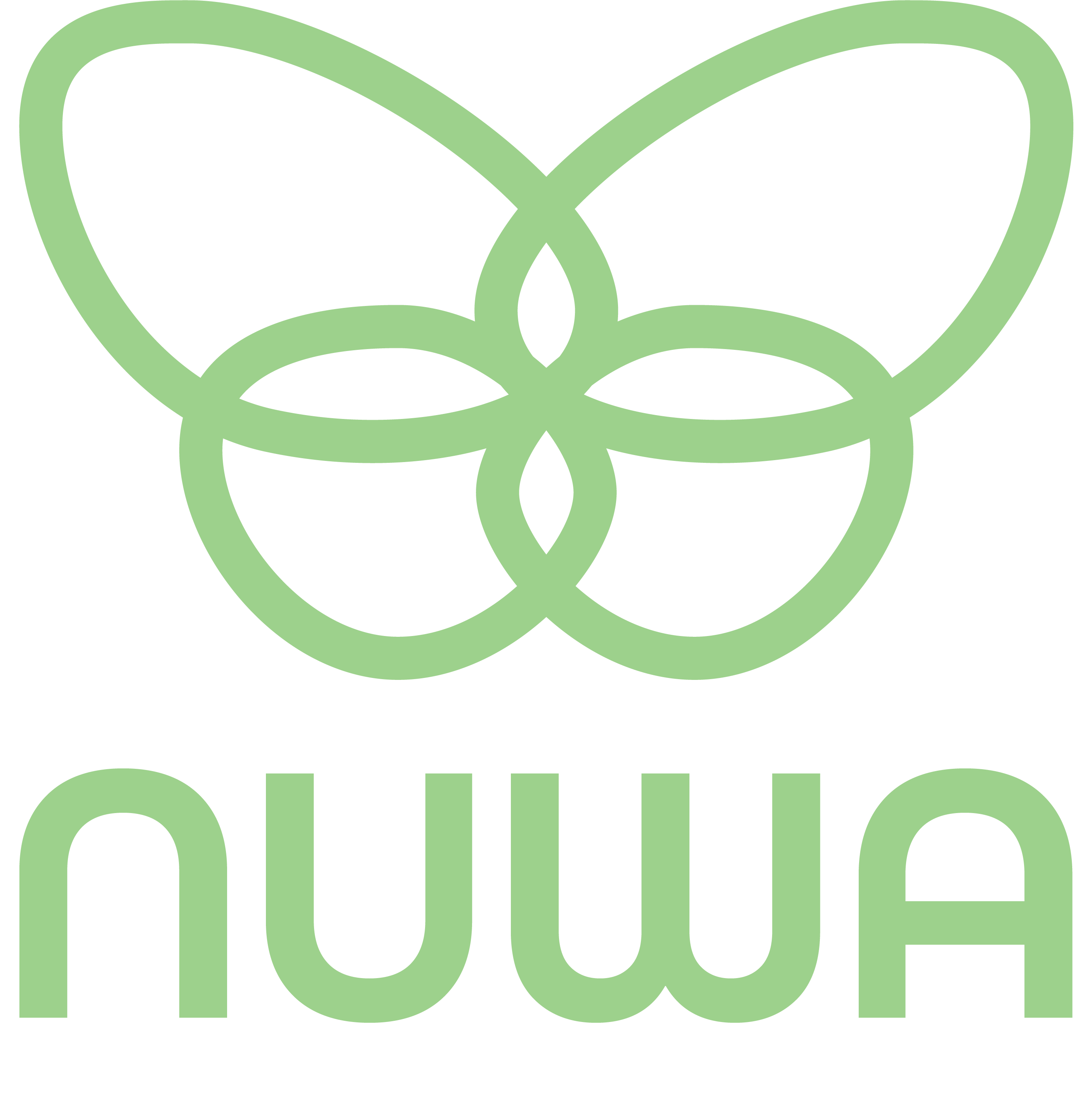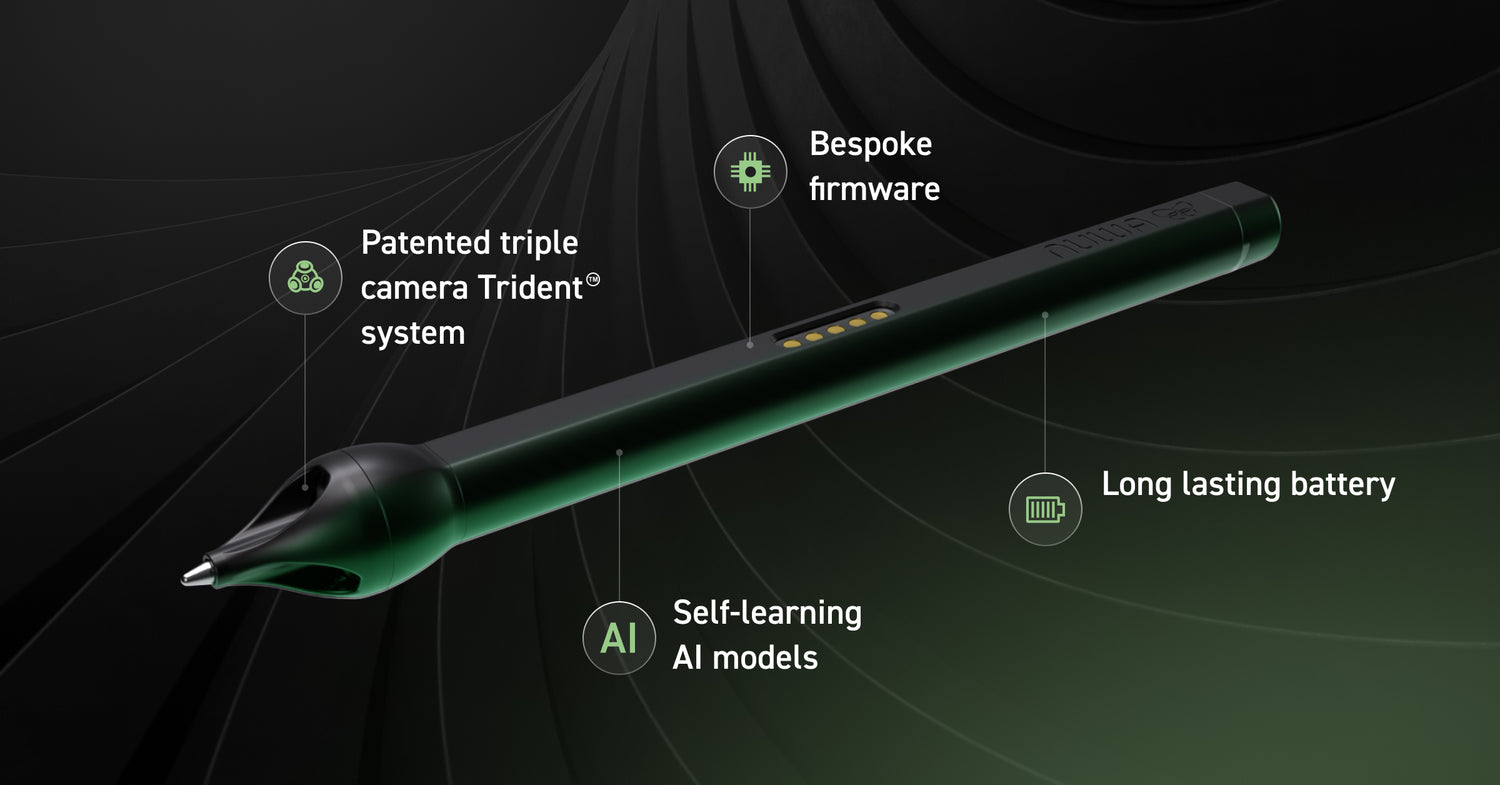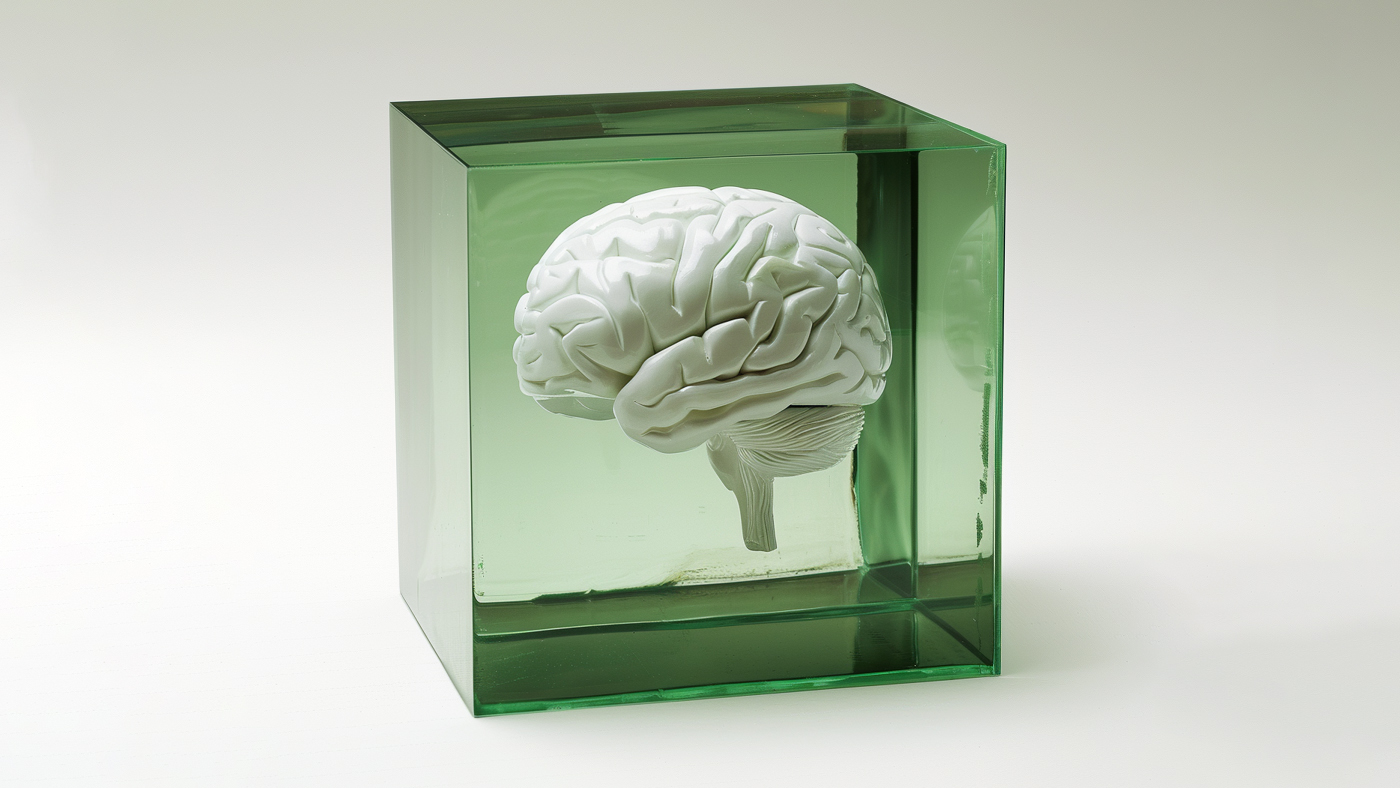Intelligence is Simple
It’s easy to confuse intelligence with complexity. We've all experienced moments where we're lost in a web of words, nodding along while feeling out of our depth.
Einstein once said, "If you can't explain it simply, you don't understand it well enough."
If the world’s most renowned scientist believes in simplicity, why shouldn’t we? This principle is even more relevant when it comes to consumer products and services. If you’re a scientific researcher, a neuroscientist, or in a similarly technical field, you’re bound to use a certain level of complexity and jargon (our software team, for instance, practically speaks a different language). But as consumers, we want things to feel seamless, natural, and intuitive.
When it comes to consumer products, intelligence equals simplicity.
You don’t have to look far to see this equation in action. Take a look around—on your desk, in your bag, or on your person. The likelihood is that most of the things you use daily are simple to understand and use. Your watch, phone, pen, notebook, headphones—if a stranger asked how each item works, you’d likely be able to provide a logical explanation, if not the inner workings of each device.
A Thousand Songs in Your Pocket
One of the best examples of this in recent history is the iPod. No matter your level of education, you could probably describe its function and value in a sentence or two:
“The iPod is a storage box for all your favorite songs and podcasts.”
Or, as Steve Jobs famously put it: “A thousand songs in your pocket.”
In just six words, Jobs conveyed everything you needed to know. He didn’t need to mention the hardware packed inside that small aluminum box or how the software allowed you to scroll through thousands of songs with just your thumb. It was simple.
The iPod is a great example of a simple consumer product, but its most powerful feature is its messaging.
Apple did the same thing in 2016, releasing the AirPods. Almost overnight people swapped their wired headphones for wireless alternatives, revolutionizing the way people listen to music. Their sleek design and effortless functionality embody simplicity: just pop them in your ears, and they automatically connect to your device. The lack of buttons and wires, combined with automatic pairing and intuitive touch controls, makes them incredibly user-friendly.
The messaging around AirPods is equally simple: “Effortless wireless audio.” No need to explain Bluetooth protocols, battery life management, or complex setups—just open the case, and they’re ready to go.
Riding the Blue Waves
Bluetooth is another example, but with a distinct difference. It’s not a physical product. While it’s often described with terms like "networks" or "gateways," most people today can offer a basic explanation of how it works, even if they can’t visualize the lines of code behind it. Bluetooth allows information to be transported wirelessly, a concept that can be analogized to phone lines or postal services.
Bluetooth succeeded because it rode the wave created by the internet. By the time Bluetooth was introduced in 2001, people were already familiar with the idea of digital communication and information sharing. It felt natural.
Our favorite social platforms also embody simplicity and teach us the third lesson of intelligent design.
When Instagram launched, it was essentially a noticeboard for sharing pictures. Facebook was a digital space to connect with ‘friends’—a virtual common room. Even without the context of the internet, these platforms would have been easy to grasp. The value and utility were obvious: connecting with people around the world without third-party interference.
So, what are the three pillars of intelligent technology?
- Clear messaging – Can you describe it in a sentence?
- Timing – Is there a pretext that eases the learning curve?
- Obvious value/utility – Can you easily understand its purpose?
Not all technological advancements hit all three pillars, and those that don’t often fail to catch on.
Fungible Tokens
Take NFTs (non-fungible tokens) as an example. While some NFTs have sold for millions (with the current record being $69 million), their perceived value seems speculative rather than a sign of widespread success.
But why does the NFT craze feel hollow?
Let’s compare NFTs to their sibling, blockchain (e.g., Bitcoin and Ethereum). If you asked 100 people on the street, how many could explain Bitcoin? Perhaps 50%? According to recent data, 106 million people own at least $1 in Bitcoin. If we assume that only 1 in 10 people who know about crypto actually buys some, that suggests around a billion people have at least some understanding of it. Meanwhile, NFT owners number between 30,000 and 50,000.
Although some say NFTs aren’t too different from cryptocurrencies, why is the number of investors so vastly different?
It all comes down to simplicity in messaging and perceived value. While there is context for NFTs (the art market has thrived for centuries), the digital art they represent can often be easily copied or replicated. In contrast, Bitcoin’s value as a decentralized digital currency is much easier to grasp.
All this is to say: simplicity is key.
It’s not just about the simplicity of the technology or the user interface—it’s also about simplifying the message. The iPod is the perfect example of this. The harder it is to describe the value or utility of a technology, the less intuitive it feels—and thus, the less intelligent it seems from a human perspective. NFTs are the reverse.
At Nuwa Pen, we have designed our product to be as intutitive as possible. Everyone knows how to write with a pen, and over the last two decades, we have all become familiar with using apps. In theory, then, Nuwa Pen should be one of the most intutitive new devices ever launched. But have we got the messaging right?
Nuwa Pen is… well, we’ll leave that for you to decide.
"A pen that writes on any paper and stores all your notes forever."
Sure, it’s not six words, but it’s still one sentence. And as for "the smartest pen in the world"? Well, that’s certainly short if not a little abstract. We’re confident Nuwa Pen will slide into your life as effortlessly as the iPod, AirPods, Bluetooth and social media. It certainly ticks all three boxes. Clear messaging, obvious value and timing. But only time will tell.




Leave a comment
This site is protected by hCaptcha and the hCaptcha Privacy Policy and Terms of Service apply.